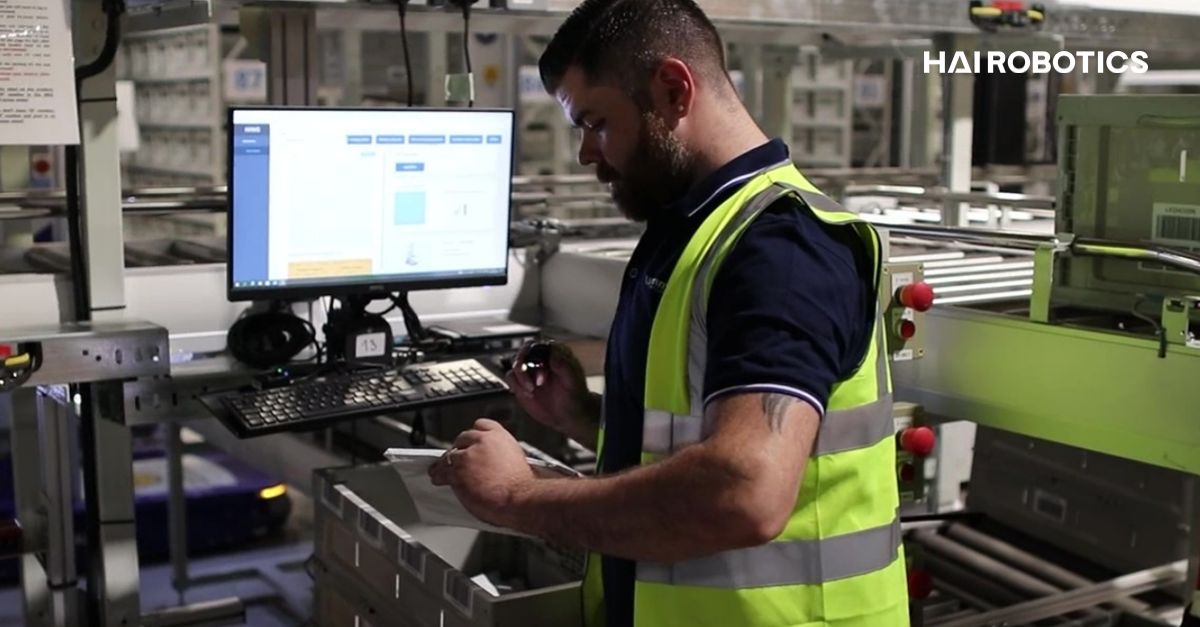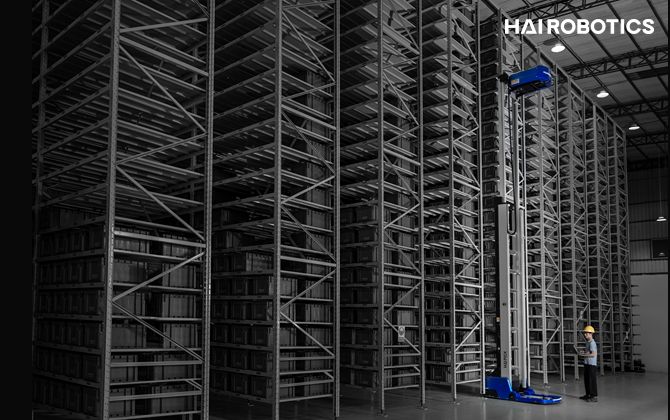Who Will Work in the Warehouse of the Future?
Robotics offers an opportunity for a safer, more stimulating environment for warehouse workers and a bright solution for pressing demographic issues facing the workforce.
Some ideas of the warehouse of the future envisage the eventual elimination of human labour within warehouse operations, assuming that automation will outgrow the need for human supervision entirely. This is not the view shared by the majority of those in the warehousing and automation industry. Our latest white paper shows that those already working with automation view it as an assistant to humans, rather than a replacement for them. Robotics offers an opportunity for a safer, more stimulating environment for warehouse workers and a bright solution for pressing demographic issues facing the workforce.

Challenges
A variety of global crises have exposed vulnerabilities in international labour markets over the past decade, leading to worker shortages in key sectors such as logistics, healthcare, transport and hospitality.
Britain’s exit from the EU and the end of the free movement of EU citizens to the UK caused sectors to suffer a steep rise in unfilled vacancies, due to the loss of EU workers. The COVID-19 pandemic also disrupted the free movement of people and forced workplaces to reckon with the regular absence of workers due to self-isolation requirements and illness. This squeeze on the workforce coincided with the continued boom in e-commerce, as isolating households relied on rapid online deliveries for essentials, placing particular pressure on the logistics industry. In countries like the US, the difficulty of retaining workers is often attributed to the quality of the work itself, with swathes of employees seemingly quitting to seek more satisfying and flexible jobs. Industries that rely on in-person work, rather than work that can be done from home, have suffered the most severe shortages. For instance, the US Chamber of Commerce calculated that the leisure and hospitality industry, in particular, has experienced the highest quit rate since July 2021, consistently above 5.4%. Wholesale and retail trade isn’t far behind, with a quit rate of 3.3% in June 2022. Employers are under pressure to offer better working conditions and opportunities for development, if they are to attract and retain workers.
The trend of an aging population is being experienced in several countries, including the UK, where 22% of the population will be aged 65 and above in ten years. This trend is even higher across the APAC region, where close to 1.3 billion people, triple the current number, are expected to be over 60 by 2050. Employers have learned that they cannot rely on a supply of young workers to take on these physically intensive roles, so should consider how older workers can be supported to fill in the gaps. Those with disabilities and health conditions limiting their capacity for manual labour should also be accommodated and given equal opportunities to their able-bodied peers. This will have wider societal benefits and bring a diverse range of talent into warehouses.
The Robotics Solution
The further integration of automation and robotics into warehouse operations offers a solution to all of these pressures. By utilizing robots’ ability to pick and sort goods on the warehouse floor, the shortage of young, skilled labour will be felt less acutely. They will be able to perform the ergonomically challenging roles that older or disabled workers cannot do, allowing employers to better utilise those workers for other key tasks. Relying on robots for labour-intensive tasks will also ensure that workplace injuries are less common, particularly when it comes to repetitive tasks that often cause strain. This is a vital step that employers should take to protect and attract a diverse array of workers.
Learn more about Hai Robotics' Autonomous Case-handling Robot (ACR) systems
Robots will also take on roles in a warehouse that are more dangerous and uncomfortable for workers, such as picking heavy goods from shelves. This will help to reduce the amount of ‘hard labour’ that warehouse work entails, leading to a more appealing workplace and enticing workers back. Industry experts agreed that automating the processes in warehouses would lead to a better working environment and enable workers to benefit from the assistance of robotics.
Human-Robot Partnership
Far from being replaced entirely, human labour will be vital to the smooth running of automated warehouses in the long-term. However, the roles that humans will play will undoubtedly change, as automation expands. The human supervision of operations will become more technical and grounded in the more mentally stimulating work of discerning and fixing problems in warehouse processes. This will require workers with the skills to carry out data analysis, use software systems and repair robots when they break down. The systems of automation in place within warehouses are increasingly complex and advanced, requiring project managers, project engineers, software engineers and controls engineers to keep everything moving along smoothly.
These skills are not easily adopted by robots and must be supplied by workers, but there will need to be attention to ensure that the existing workforce can be upskilled where necessary. The industry should band together to achieve a smooth transition for the workforce and encourage more young people to train in engineering and consider a career in logistics.
Download the whitepaper: The Warehouse of The Future
Learn more about Hai Robotics

